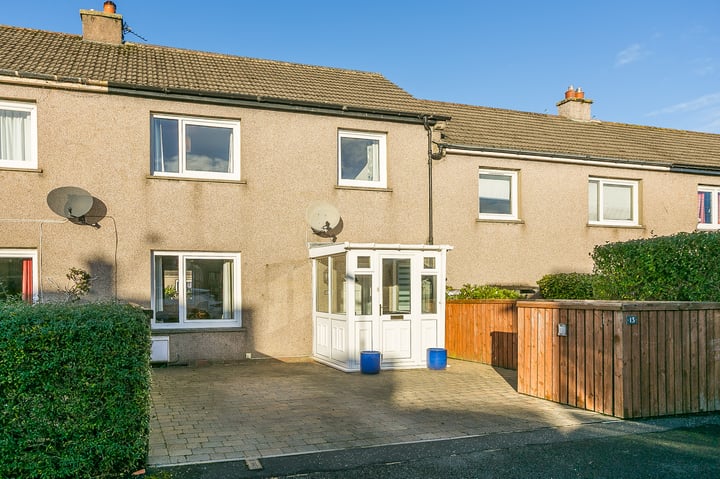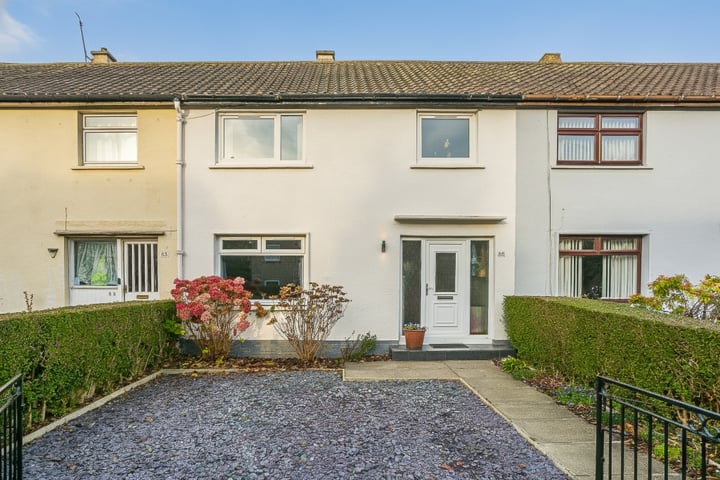If you are thinking of moving home, you might be faced with a decision between buying something that is in ‘move-in’ condition or to take the plunge and buy a property that requires a significant amount of decorative or structural work, often colloquially referred to as a ‘do-er upper’. There are upsides and downsides to both options and the purpose of this article is to help you to decide which option is best for you.
Translating ‘Estate Agent Speak’
When looking at properties online or the local estate agent’s window, you’ll come across a range of phrases that will give you an indication of the property’s condition. Of course, these are all used slightly differently by different estate agents, but this will give you some indication as to what they mean.
‘Move-in condition’ should mean just that: a property that is ready to move into and to be lived-in from the moment that you turn the key in the lock. You may of course want to re-decorate it a little bit to suit your tastes, but it shouldn’t be a necessity. The chances are that the previous owners might have freshly painted the walls, replaced the carpets or possibly installed a new kitchen or bathroom immediately before the property went onto the market. It may well be decorated in quite a neutral style too, to appeal to as many tastes as possible and to ensure that pretty-much all furniture that a new owner brings with them will match the decor.
‘Immaculate condition’ tends to imply that the property has been well maintained by its previous owners. There may be a few things that you’ll want to change in due course such as decorating it to suit your tastes, installing a new kitchen or bathroom or ripping-out built-in wardrobes. Essentially, the property can be viewed as being perfectly adequate and you’ll be able to use everything as soon as you move in, however you may want to make a few changes to really make the property your own.
‘Well presented’ tends to be a mixed bag, though it often suggest that the estate agent is not prepared to stick their neck out and say that the property is immaculate on the basis that it really won’t be to many people’s tastes. Often the decor is dated, though absolutely ‘of its time’ and very well looked-after.
‘Requires extensive redecoration’ or ‘in need of renovation’ is a flag of a ‘fixer-upper’ or a ‘do-oer upper’, in other words a property that is in need of a considerable amount of work to get it into a condition that most buyers or homeowners would find acceptable. Of course, this is a vague term and, if you want to get an indication of quite how much renovation is really required, the best place to start is with the Home Report. It is important to note, however, that the Home Report doesn’t go behind the walls or inspect the condition of the plumbing in any real depth, so a large degree of caution is required here if you are thinking of buying a property like this. For some, this will represent a great opportunity and for others it could be a true ‘money pit’.
When you are examining the Home Report, if the property is a true ‘fixer-upper’, the chances are that many of these decorative or structural issues will be flagged-up with a ‘2’ or a ‘3’ rating beside them (in the Home Report in Scotland, a ‘1’ is the best and ‘3’ is the worst). Of course, in spite of the contents of the Home Report, it’s important to exercise common sense: very out-of-date decor is often a good indication that some of the structural and hidden aspects of the property have also not had a huge amount of attention for some time.
If you purchase a property that requires a ‘complete refurbishment’ or ‘renovation’, be prepared to potentially re-wire and re-plumb it, address any structural issues, re-plaster walls, or to replace the kitchen and bathroom suites. Only after all of these issues have been sorted can you begin to think about wielding a paintbrush and your favourite shade of Dulux!
To Renovate or Not to Renovate?
The advantage of buying a property that requires a lot of work is that it will be more affordable at the outset. However, it will then require often considerable amounts of money and time to get it up to scratch. So which option is best for you? Both options have their advantages and disadvantages so let’s review them.
| PROPERTY CONDITION | ADVANTAGES | DISADVANTAGES |
| Move In Condition |
|
|
| Well Presented |
|
|
| Requires Modernisation |
|
|
| Complete Refurbishment |
|
|
How to Decide Which is Best for You
Before deciding whether to take-on any kind of work, whether that is tackling a renovation or just painting one room, you need to think about how much time and money you would be willing to spend on the property. For some people, a renovation may be completely out of the question if you have dependents or a very busy, stressful job. For others, it may be an opportunity to get your hands on the kind of property that you couldn’t otherwise have afforded if it were in move-in condition. It all comes down to personal preference and your own circumstances.
There are some great bargains to be had if you’re in a position to renovate a property but be prepared for delays, spiralling costs and maddening situations. However, it can all be worth it in the end when you move-in to your own, purpose-built and custom-designed property.
Likewise, sometimes there really is nothing better than paying for convenience and knowing that, once you’re in, you’re in. For many people, considering moving home is one of the most stressful things they can ever do, so why add to that stress? Deciding whether the condition of the property you eventually buy is acceptable will be a hugely personal decision and one that will be very specific to your personal circumstances.
By making sure you know the advantages and disadvantages of all types of properties, you’ll go into any decision with your eyes open, ensuring that you’ll be very happy in your new home for many years to come.







Leave a Reply